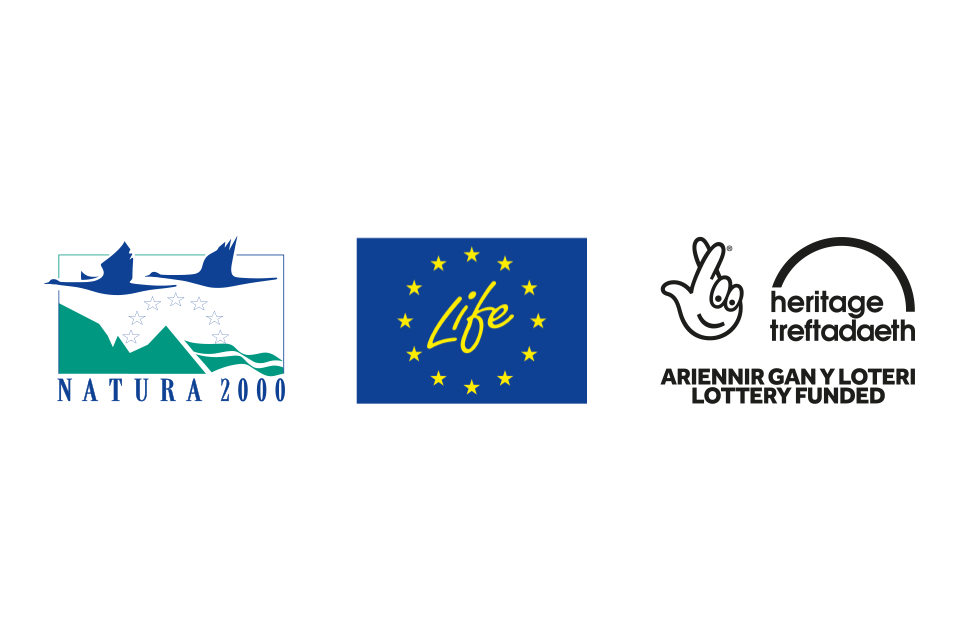A County Durham demolition company has been ordered to pay £6,180.46 after pleading guilty to breaking environmental laws.
PTS Demolition and Dismantling Ltd, which operates out of Hackworth Industrial Estate, Shildon, Bishop Auckland, was prosecuted for operating a waste transfer station without a permit at Newton Aycliffe Magistrates’ Court on 5 July 2017. The court ruled it was a deliberate offence and ordered the firm to pay a fine of £3,500 and £2,680.46 costs.
The charges brought by the Environment Agency relate to the company’s attempts to reduce costs by starting its own waste transfer station.
An Environment Officer and a colleague from Durham County Council visited the site in July 2014 to provide advice on how to apply for an environmental permit and planning permission to do this.
In 2015, Environment Officers visited a further five times to give additional advice and guidance. At the same time they recorded evidence that the company was operating a waste transfer station illegally, including storing 100 tonnes of crushed aggregate, 15 skips full of mixed waste and a store of fire extinguishers.
In February 2016, PTS Demolition submitted a permit application, which was returned for failing to include the application fee. Following a further visit by Environment Officers to give more advice, the company submitted another application. This was also returned for failing to include a Fire Prevention Plan (FPP). Again, officers provided advice on how to complete an FPP.
Officers returned to the site on 11 August 2016. The levels of waste had reduced but some skips of mixed waste remained, along with a number of wooden railway sleepers and a skip containing glass.
Company given ‘every possible opportunity’ to comply
Jamie Fletcher, Environment Agency Area Environment Manager, said:
The regulations exist to protect the environment, legitimate business and local communities from the risk of harm. Every business dealing in waste, whether they produce, carry, sort, recycle, ship or dispose of it, has a responsibility to fully understand and comply with environmental laws.
We gave PTS Demolition every possible opportunity and extensive support to comply. However, not only did they store waste illegally, the company repeatedly ignored advice and failed to shut down operations.
Those that repeatedly fail to comply with regulations pose a heightened risk to the environment and undermine legitimate business. In such circumstances we will have no hesitation prosecuting to ensure that waste crime doesn’t pay.
